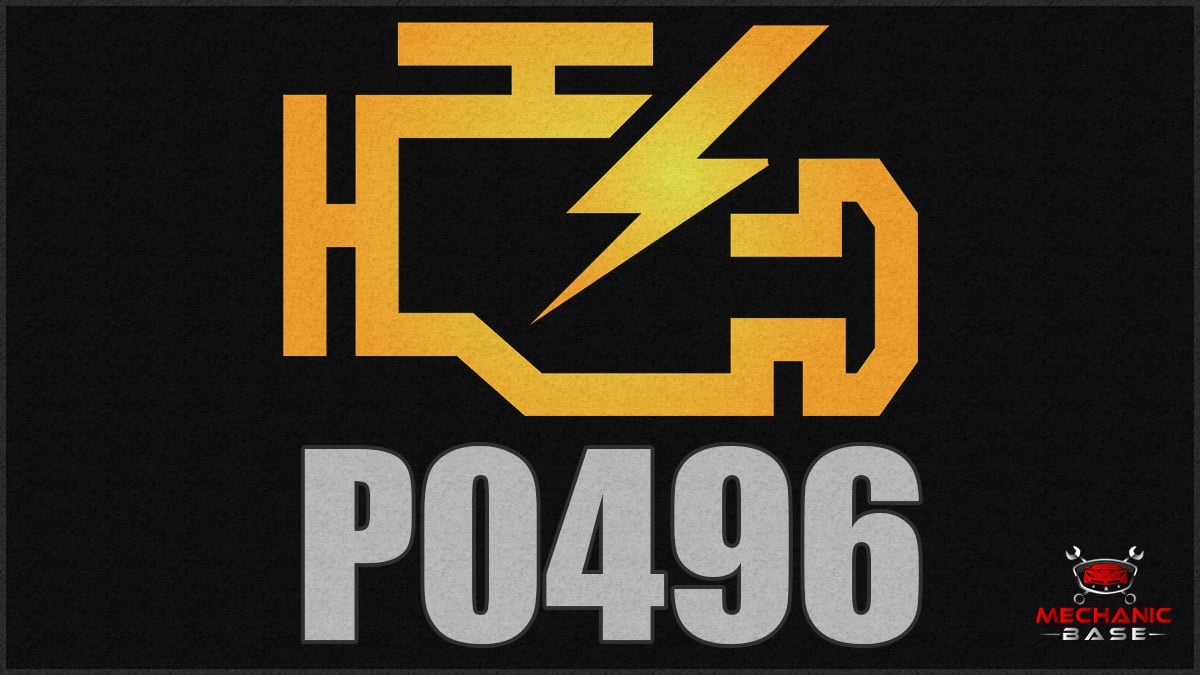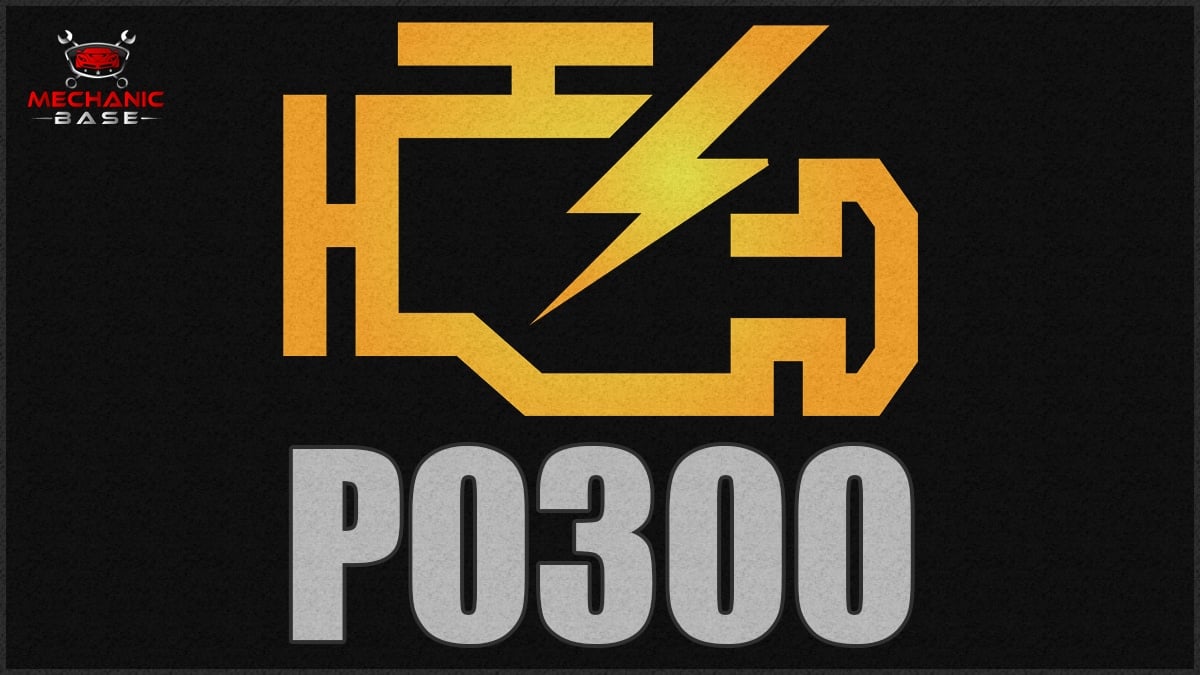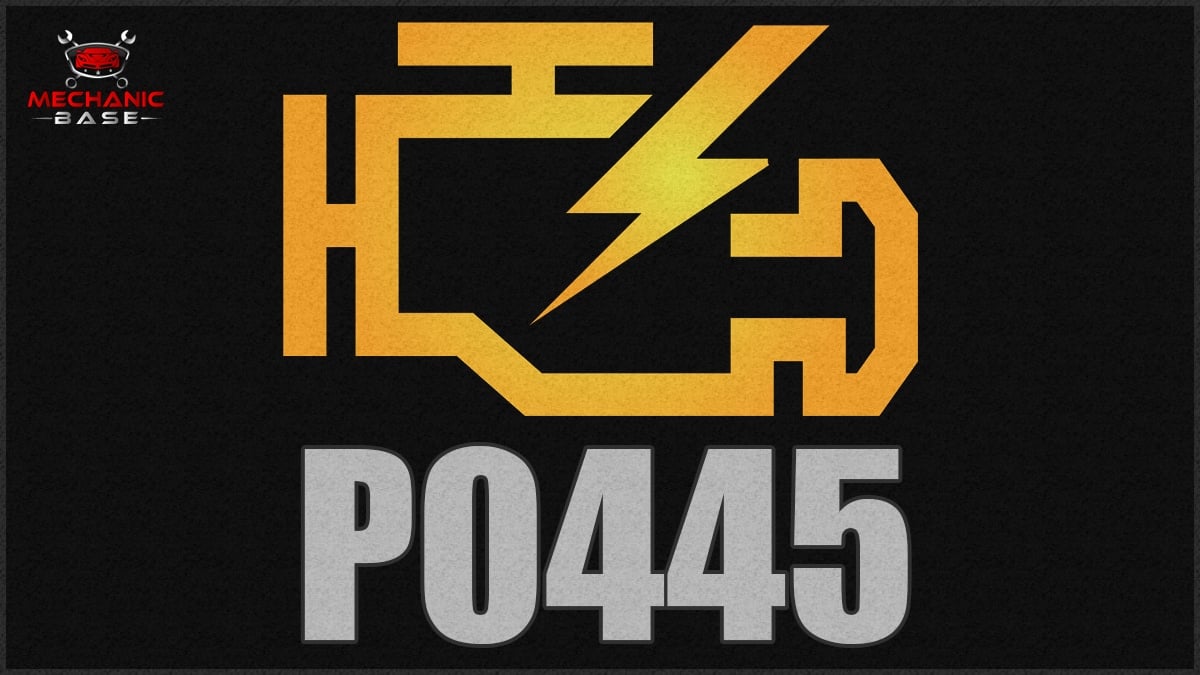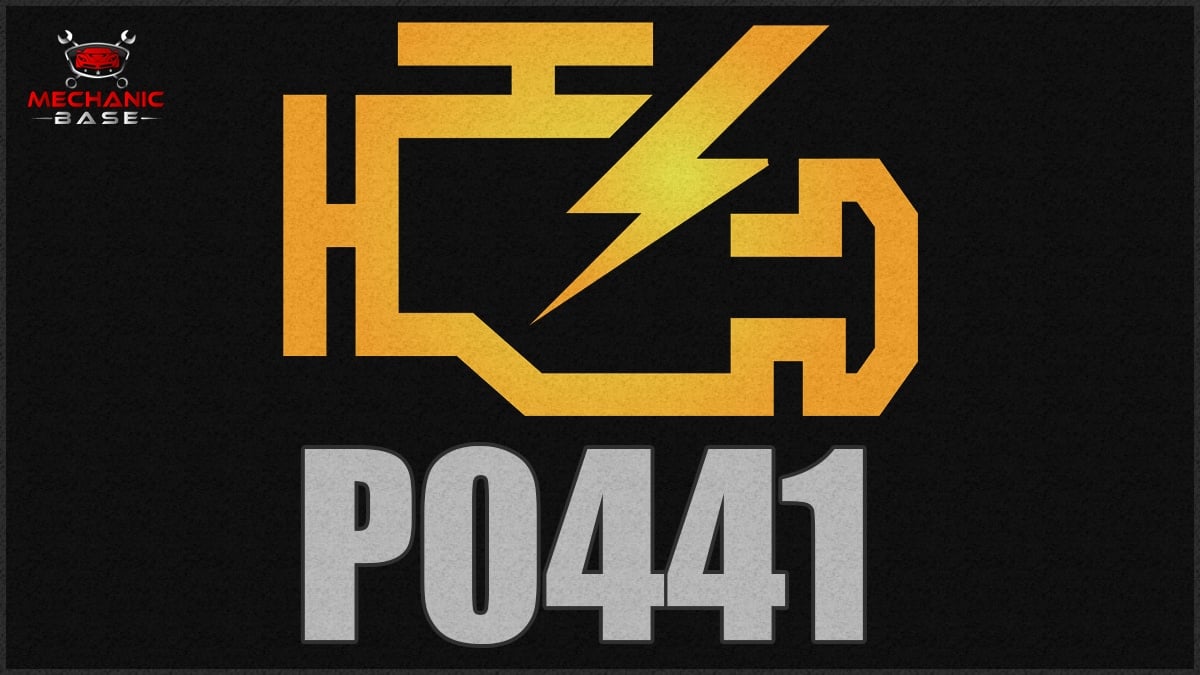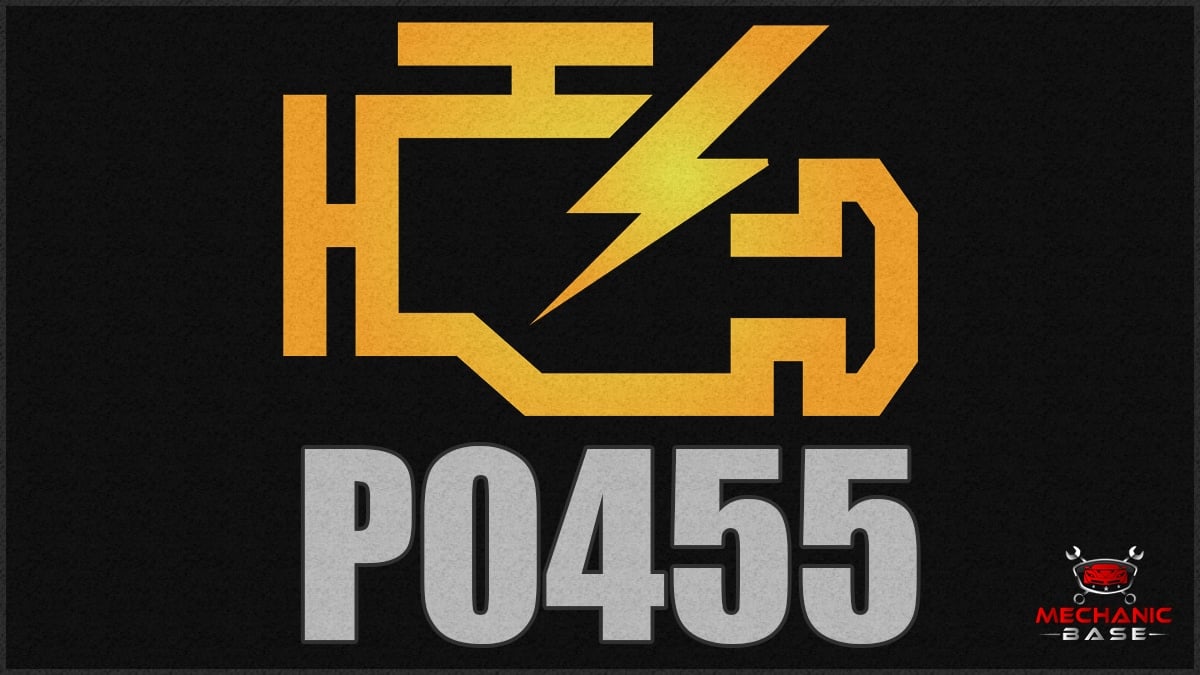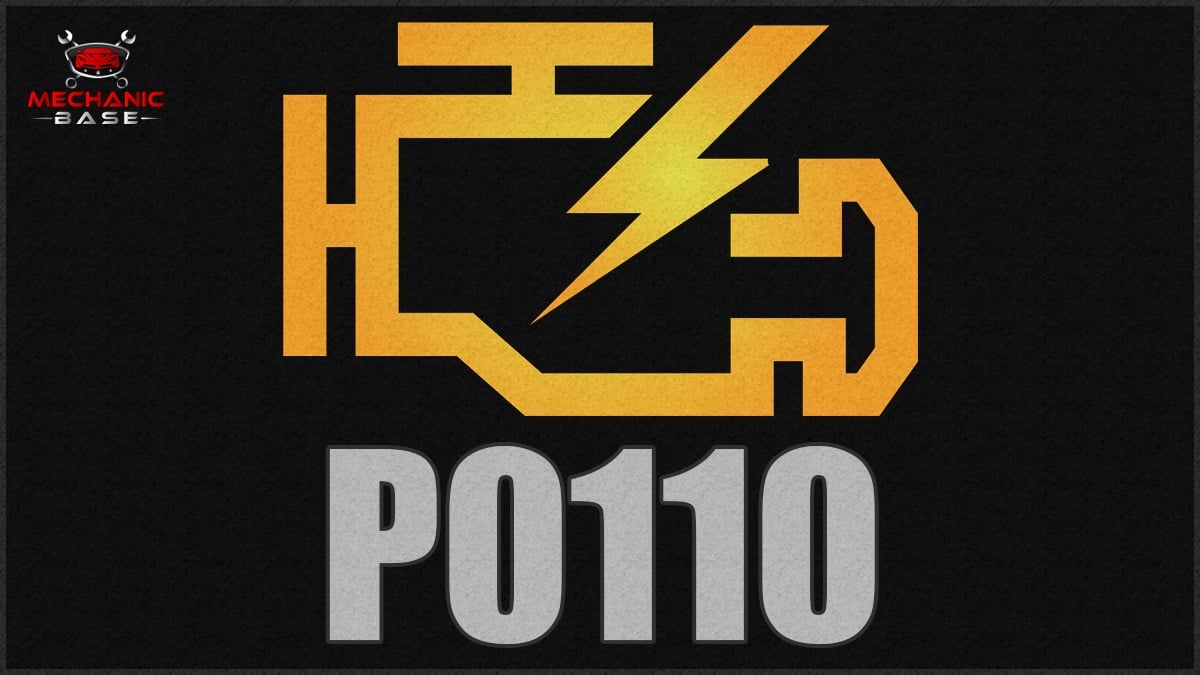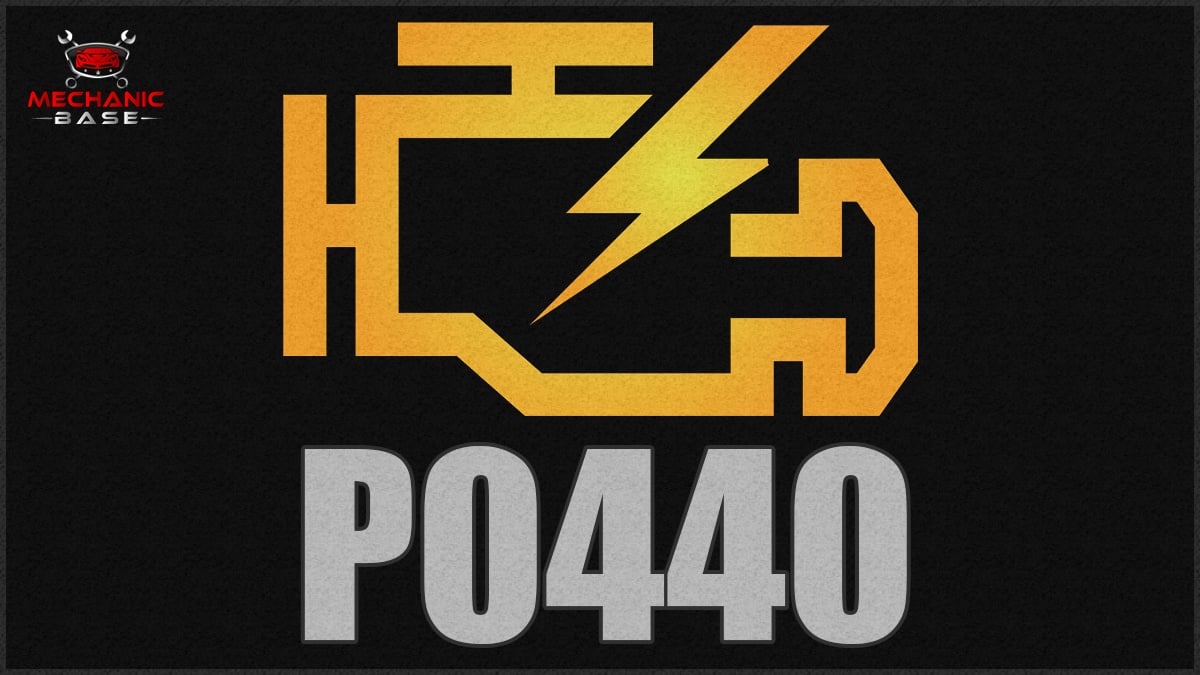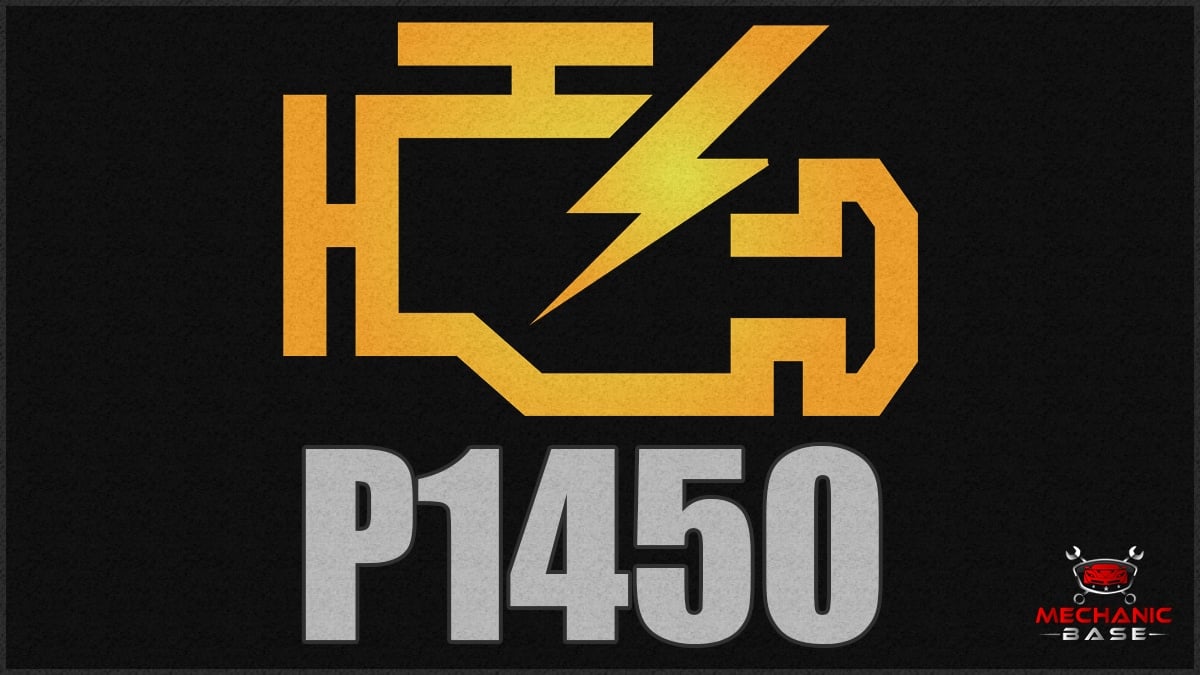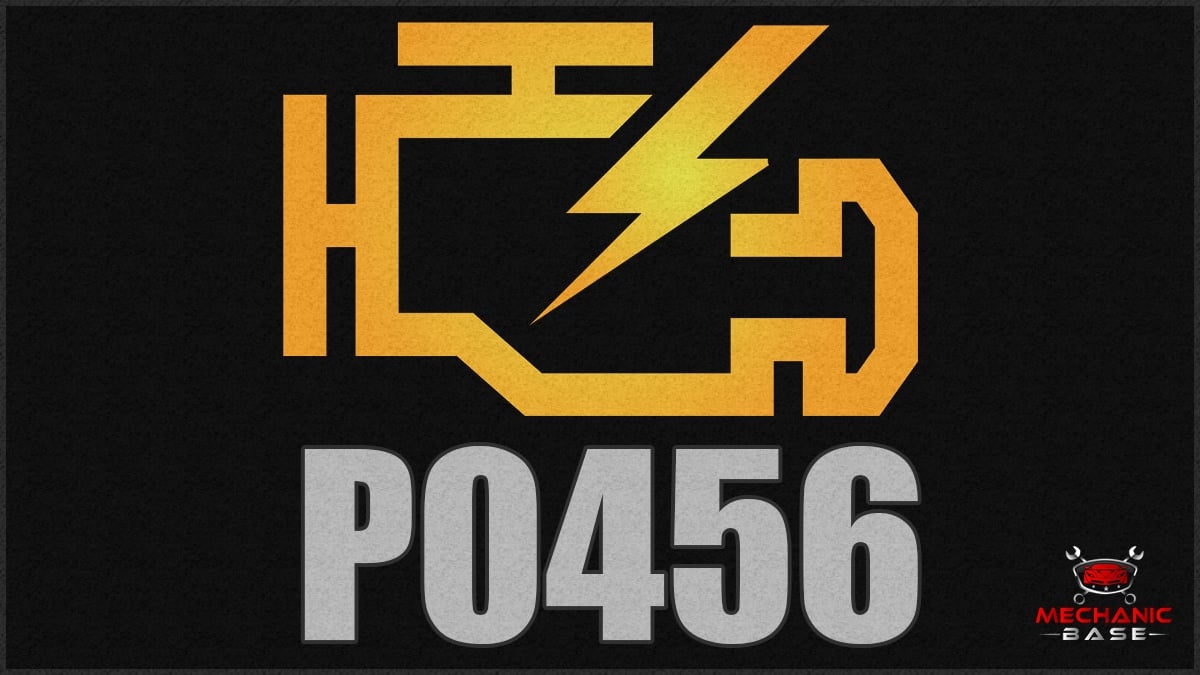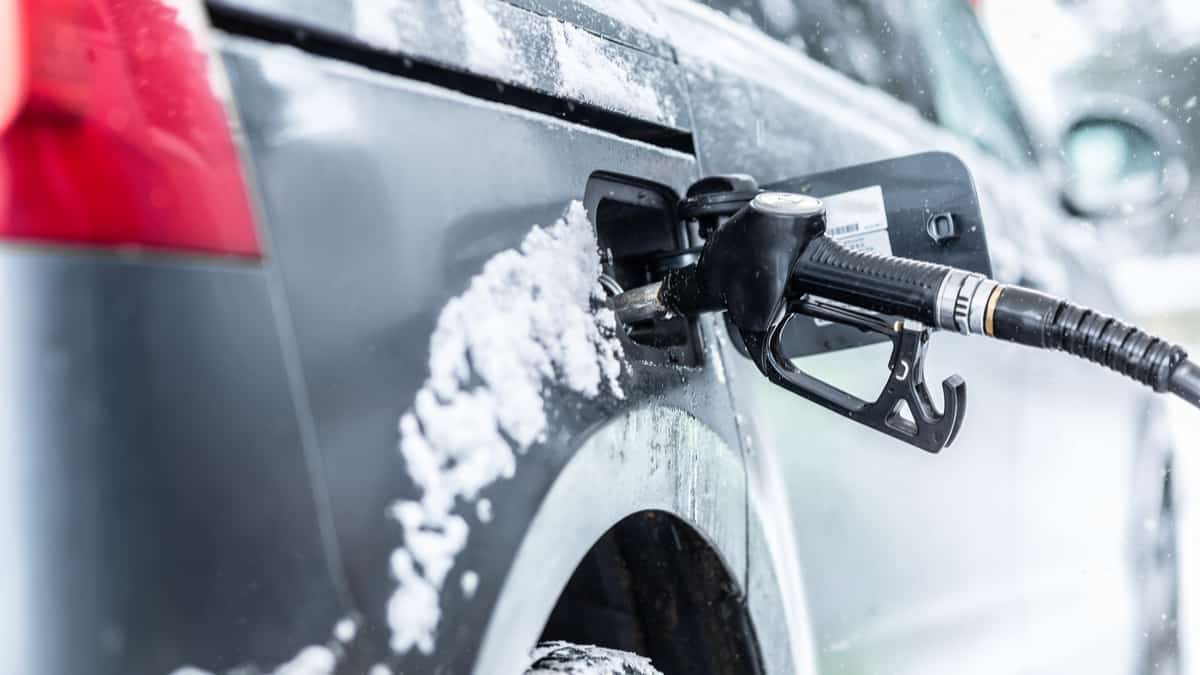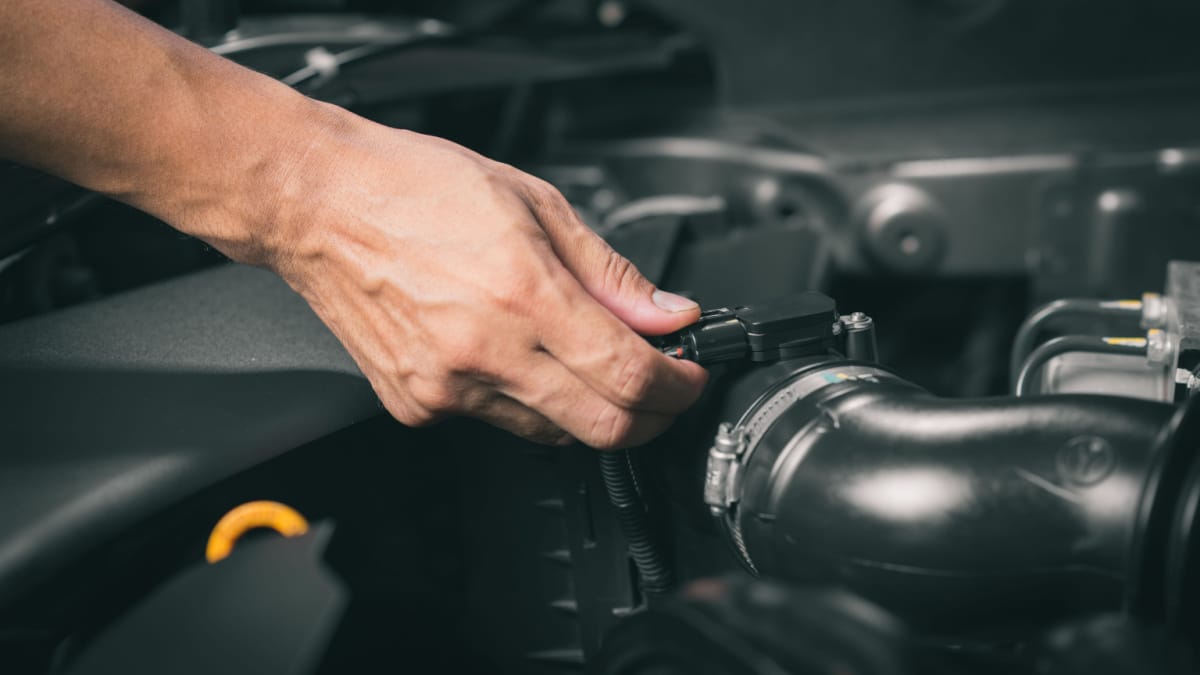When the Check Engine Light comes on without any other symptoms, you might be wondering what is going on. One such DTC that will cause this is the P0496 code. What is it, and how can you fix it?
In this guide, I explain the meaning of the P0496 trouble code. I also show you what commonly causes it, what symptoms you might notice with it, and I outline the steps to repair it.
Code P0496 Definition
P0496 – EVAP (evaporative emission) Flow During A Non-Purge Condition
What Does the P0496 Code Mean?
The P0496 code indicates that there’s an incorrect amount of intake vacuum flow occurring in the car’s EVAP system. Any time this vacuum is higher than what the computer determines is appropriate, the codes will be set.
While this code can occur with all brands, it appears to be most common with GM vehicles. In some cases, Honda, Acura, Hyundai, Kia, and Mazda vehicles might have a slightly different meaning than the one I am describing.
P0496 Trouble Code Symptoms
In many cases, the Check Engine Light is the only symptom that occurs with the P0496 trouble code. Other than that, you may not notice any other significant performance issues or signs that anything is wrong.
If there are symptoms of the problem, you might notice:
Causes of the P0496 Code
It’s obvious that the P0496 code has everything to do with the EVAP system, but that doesn’t mean that’s where the problem is coming from – although it is most likely.
Here are some common P0496 code causes:
- Bad EVAP purge volume control valve
- Fuel cap cracked/damaged/not installed properly
- Malfunctioning EVAP pressure sensor
- Leaking EVAP system
- Faulty electrical connection
- Bad charcoal canister
How Serious is the P0496 Code?
Low – You shouldn’t have any trouble driving your car with the P0496 present. However, you still don’t want to drive longer than necessary.
For starters, while the Check Engine Light is on, you won’t know if other problems occur that need your attention. Beyond that, allowing the engine to run rich can cause damage to the catalytic converter. Replacing a catalytic converter is expensive, so it’s important to repair the EVAP system as quickly as possible.
What Repairs Can Fix the P0496 Code?
It’s critical that you repair the P0496 code as quickly as possible, but you don’t want to just throw parts at the problem, assuming you know what’s wrong. Instead, you want to walk through the steps to get a correct diagnosis.
Here are a few of the most common fixes, but you might find that your vehicle requires something else.
- Replace EVAP purge volume control valve
- Secure or replace the fuel cap
- Replace EVAP pressure sensor
- Repair leaking EVAP system
- Repair faulty electrical connection
- Replace charcoal canister
Common P0496 Diagnosis Mistakes
The most common mistake that mechanics make when working with the P0496 code is to replace EVAP system parts without doing proper diagnostics. In some cases, the fix is as simple as securing the fuel cap, which is often overlooked.
By starting with the fuel cap, you ensure that the easiest fix is dealt with before replacing expensive parts. If that’s not the problem, you only spend a minute checking it, and you aren’t out a lot of money.
How to Diagnose the P0496 Trouble Code
Even if you aren’t a professional mechanic, you can follow the same steps that most technicians would take. With a few simple tools and some minor expertise, you can hunt down the cause of the P0496 trouble code.
Here’s how a professional would handle it.
- Reset the code with your scanner. Drive the car for a short time to see if it returns.
- If the trouble code persists, check the fuel cap. Ensure it’s not cracked or missing, which is an easy fix to remedy.
- Test the purge volume control valve. It could be stuck open. With the engine turned off, take the hose that travels from the fuel tank to the purge volume control valve off. Also, you need to unplug the connector attached to the valve.
- Start up the car and use your vacuum gauge to see what’s coming from the valve where the hose was removed. If there’s vacuum, you know there’s a leak with the valve and you must replace it. During this test, another code might be set with the engine, but you can erase this and ignore it.
- Perform a leak check on the EVAP system. Pinch the tube for venting going into the control valve. Next, pressurize the system with a smoke machine. If there is smoke coming from the seals or hoses, you need to repair the leaks.
- If you can’t find any leaks, you must check the electrical wiring. Your multimeter will help you check the EVAP sensor wire. There should be a voltage change when you take the pressure sensor off of your car’s charcoal canister. Your service manual will illustrate what the voltage should be. If it’s not right, you may need to replace the EVAP pressure sensor.
It’s always possible that these steps won’t get you to the proper fix. If so, you might need to have it looked at professionally.
Estimated Repair Cost
After you’ve done a complete diagnostic of the system, you should know what needs to be repaired. Here are some approximate costs for labor and parts for the top repairs.
- EVAP purge volume control valve – $50-$150
- Secure or replace fuel cap – $0-$25
- Replace EVAP pressure sensor – $125-$350
- Repair leaking EVAP system – $150-$750
- Repair faulty electrical connection – $50-$1,000
- Replace charcoal canister – $125-$650
Mechanics Tips about the P0496 Code
With the P0496 trouble code, it’s possible to pick up other faults with your scanner. If you have cleared the system and multiple codes return, it’s best to deal with the other ones first.
By repairing any other trouble codes, you may figure out the fault that’s causing P0496 to set. One repair could fix several problems at once, thereby saving you time.
RELATED CODES:
- P0440 – Evaporative Emission (EVAP) System
- P0441 – Evaporative Emission Control System Incorrect Purge Flow
- P0442 – Evaporative Emission (EVAP) System Small Leak Detected
- P0445 – Evaporative Emission Control System Purge Control Valve Circuit Shorted
- P0449 – Evaporative Emission (EVAP) Vent Solenoid Control Circuit
- P0455 – Evaporative Emission (EVAP) System Leak Detected
- P0456 – Evaporative Emissions System Small Leak Detected
Categories: OBD Codes
